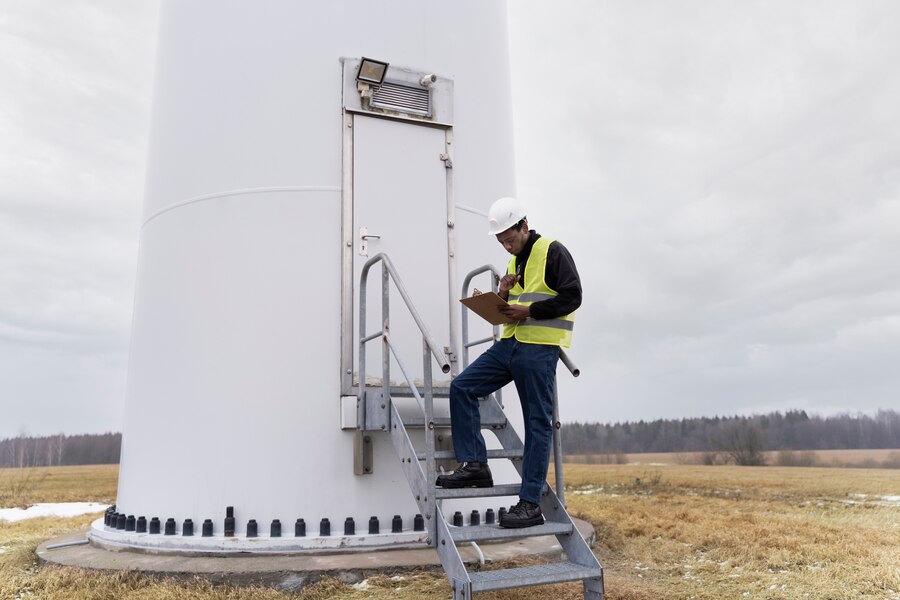In an age where air quality has become a focal point for public health and environmental protection, having the right air monitoring equipment is crucial for environmental professionals. Accurate and reliable data on air quality not only helps in regulatory compliance but also supports effective policy-making and public awareness. This blog explores the essential air monitoring equipment that environmental professionals rely on to keep our air clean and safe.
Why Air Quality Monitoring Matters
Monitoring air quality is essential for several reasons:
- Public Health: Poor air quality can lead to respiratory issues, cardiovascular diseases, and other health problems. Monitoring helps identify harmful pollutants and mitigate their impacts on human health.
- Regulatory Compliance: Air quality standards are set by various regulations at local, national, and international levels. Continuous monitoring ensures that these standards are met and helps in the enforcement of air quality regulations.
- Environmental Protection: Monitoring air pollutants helps protect ecosystems and wildlife, which can be adversely affected by air pollution.
- Climate Change: Tracking greenhouse gases and other pollutants is crucial for understanding and addressing climate change.
Key Air Quality Parameters
Environmental professionals monitor several key parameters to assess air quality:
- Particulate Matter (PM): Includes PM2.5 and PM10, which are fine particles that can penetrate the respiratory system and cause health issues.
- Nitrogen Dioxide (NO2): A gas that contributes to smog formation and respiratory problems.
- Ozone (O3): Ground-level ozone is a harmful pollutant that can cause respiratory issues and damage vegetation.
- Carbon Monoxide (CO): A colorless, odorless gas that can be harmful in high concentrations, affecting respiratory and cardiovascular health.
- Sulfur Dioxide (SO2): A gas that can contribute to respiratory problems and acid rain formation.
- Volatile Organic Compounds (VOCs): Includes various chemicals that can contribute to smog and have adverse health effects.
Essential Air Monitoring Equipment
Several types of equipment are critical for effective air quality monitoring:
1. Particulate Matter Monitors
Particulate matter monitors are designed to measure the concentration of airborne particles, including PM2.5 and PM10. These devices use various methods, such as laser scattering or light absorption, to quantify particle concentrations. Particulate matter monitors are essential for assessing the impact of dust, smoke, and other particulate pollutants on health and the environment.
2. Gas Analyzers
Gas analyzers measure the concentration of specific gases in the air, including nitrogen dioxide (NO2), sulfur dioxide (SO2), carbon monoxide (CO), and ozone (O3). These analyzers use techniques like chemiluminescence, fluorescence, or electrochemical sensing to provide accurate readings. Gas analyzers are crucial for detecting and quantifying pollutants that affect air quality and public health.
3. Ozone Monitors
Ozone monitors are specialized devices that measure the concentration of ground-level ozone, a key component of smog. These monitors use techniques such as UV absorption or chemiluminescence to detect ozone levels accurately. Ozone monitoring is important for understanding its impact on human health and the environment, particularly during high-ozone events.
4. Volatile Organic Compound (VOC) Detectors
VOC detectors are designed to measure the concentration of volatile organic compounds in the air. These compounds can come from various sources, including industrial emissions, vehicle exhaust, and household products. VOC detectors use methods such as photoionization detection (PID) or gas chromatography to identify and quantify VOCs, providing insight into air quality and potential health risks.
5. Meteorological Stations
Meteorological stations provide data on weather conditions that can influence air quality, such as temperature, humidity, wind speed, and atmospheric pressure. This information is crucial for interpreting air quality data and understanding how weather conditions impact pollutant dispersion and concentration.
6. Continuous Air Monitoring Systems
Continuous air monitoring systems are designed to provide real-time data on air quality parameters. These systems often include a combination of particulate matter monitors, gas analyzers, and meteorological sensors. Continuous monitoring is essential for tracking air quality trends, detecting sudden changes, and ensuring compliance with air quality standards.
7. Portable Air Quality Monitors
Portable air quality monitors are compact, handheld devices that allow environmental professionals to measure air quality on the go. These monitors are useful for spot-checking air quality in various locations, conducting field surveys, and assessing pollution sources. Despite their size, portable monitors can provide accurate and reliable data, making them a valuable tool for fieldwork.
Conclusion
Air quality monitoring is a critical component of environmental protection and public health. The array of equipment available to environmental professionals—from particulate matter monitors and gas analyzers to continuous monitoring systems and portable detectors—enables comprehensive and accurate assessment of air quality. By utilizing these advanced tools, professionals can effectively track pollutants, ensure regulatory compliance, and contribute to the development of strategies aimed at improving air quality and safeguarding human health. As technology continues to advance, the capabilities of air monitoring equipment will further enhance our ability to address air quality challenges and protect our environment.





